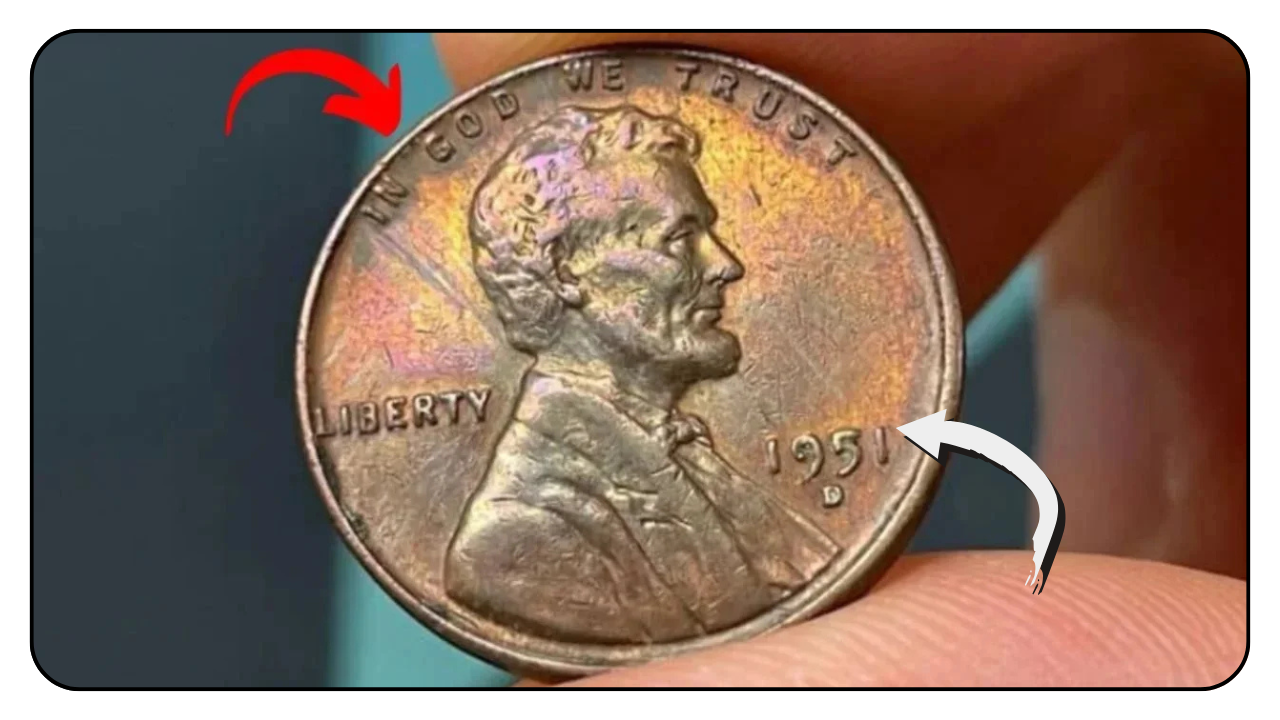Imagine finding a quarter in your pocket that’s worth $13 million! That’s the buzz around a super-rare 1976 Bicentennial Quarter, a coin made to celebrate America’s 200th birthday. These quarters, with their unique drummer boy design, are still out there in change jars, wallets, or even vending machines. While most are worth just 25 cents, one ultra-rare version has collectors going wild, with unverified reports of a $13 million valuation. Let’s dive into why this coin is so special and how you can spot a potential fortune in your change.
A Coin Packed with History
The U.S. Mint made Bicentennial Quarters in 1975 and 1976 to mark 200 years of American independence. Featuring George Washington on the front with “1776-1976” dates and a colonial drummer boy with 13 stars on the back, these coins were minted in huge numbers—over 1.6 billion in Philadelphia and Denver alone. Most are copper-nickel, but some from San Francisco have 40% silver. While common coins are worth face value, rare errors or special versions can fetch thousands or, in one rumored case, millions. The design, created by Jack L. Ahr, makes these quarters easy to spot.
What Makes This Quarter So Valuable?
The $13 million price tag, though unverified and likely exaggerated, comes from a mix of rare features. Some Bicentennial Quarters have minting errors, like doubled designs on “LIBERTY” or “IN GOD WE TRUST,” or were struck on the wrong metal, like a silver dollar planchet. A 1976-S silver proof quarter sold for $13,500 in 2019, and error coins like a double-die version fetched $8,400 in 2023. The rumored $13 million coin might combine a unique error, perfect condition (MS-67+ or PR-70), and a rare metal composition, making it one-of-a-kind. Only a few such coins exist, driving their value sky-high.
How to Spot a Rare Bicentennial Quarter
You don’t need to be a coin expert to find a treasure. Here’s what to look for:
- Date: Check for “1776-1976” on the front.
- Mint mark: Look under Washington’s neck for “D” (Denver), “S” (San Francisco), or no mark (Philadelphia). “S” coins are often silver or proof.
- Errors: Use a magnifying glass to check for doubled lettering or images on “LIBERTY” or the date. Look for off-center designs or odd metal colors.
- Edge: Silver coins have a solid silver edge, not a copper stripe like copper-nickel ones.
- Condition: Shiny, uncirculated coins with no wear are worth more.
| Feature | Common Bicentennial Quarter | Rare Bicentennial Quarter |
|---|---|---|
| Date | 1776-1976 | 1776-1976 |
| Mint Mark | P, D, or S | S or error-specific |
| Material | Copper-nickel | 40% or 90% silver (error) |
| Estimated Value | 25 cents | $1,000–$13 million (if rare) |
Where to Find These Hidden Gems
With over 1.6 billion Bicentennial Quarters minted, they’re still common in circulation. Check your change from stores, bank coin rolls, or old piggy banks. Some rare error coins or silver versions from San Francisco (11 million uncirculated, 4 million proof) slipped into everyday use. A Texas woman found a double-die quarter worth $5,000 in her change, and others have turned up in flea markets or family collections. Even the $13 million coin, if real, could be hiding in a jar or wallet, waiting to be discovered.
What to Do If You Find a Rare Quarter
If you think you’ve got a valuable quarter, don’t clean it—cleaning can ruin its worth. Store it in a plastic coin holder to keep it safe. Take clear photos and compare them to known rare quarters online, checking for errors or silver content. Then, contact a grading service like PCGS or NGC to verify its authenticity and condition. If it’s a true gem, auction houses like Heritage Auctions or Stack’s Bowers can help you sell for top dollar. Be wary of low offers from untrusted buyers, as rare coins can attract scams.
Start Your Treasure Hunt Today
The idea of a $13 million Bicentennial Quarter may sound like a long shot, but verified sales of error coins for thousands prove these treasures exist. With millions still in circulation, your next quarter could be worth way more than 25 cents. Grab a magnifying glass, check those “1776-1976” coins, and look for errors or silver edges. Whether it’s $8,400 or a rumored $13 million, your pocket change might hold a life-changing surprise. Start hunting today—you could be the next big winner!

